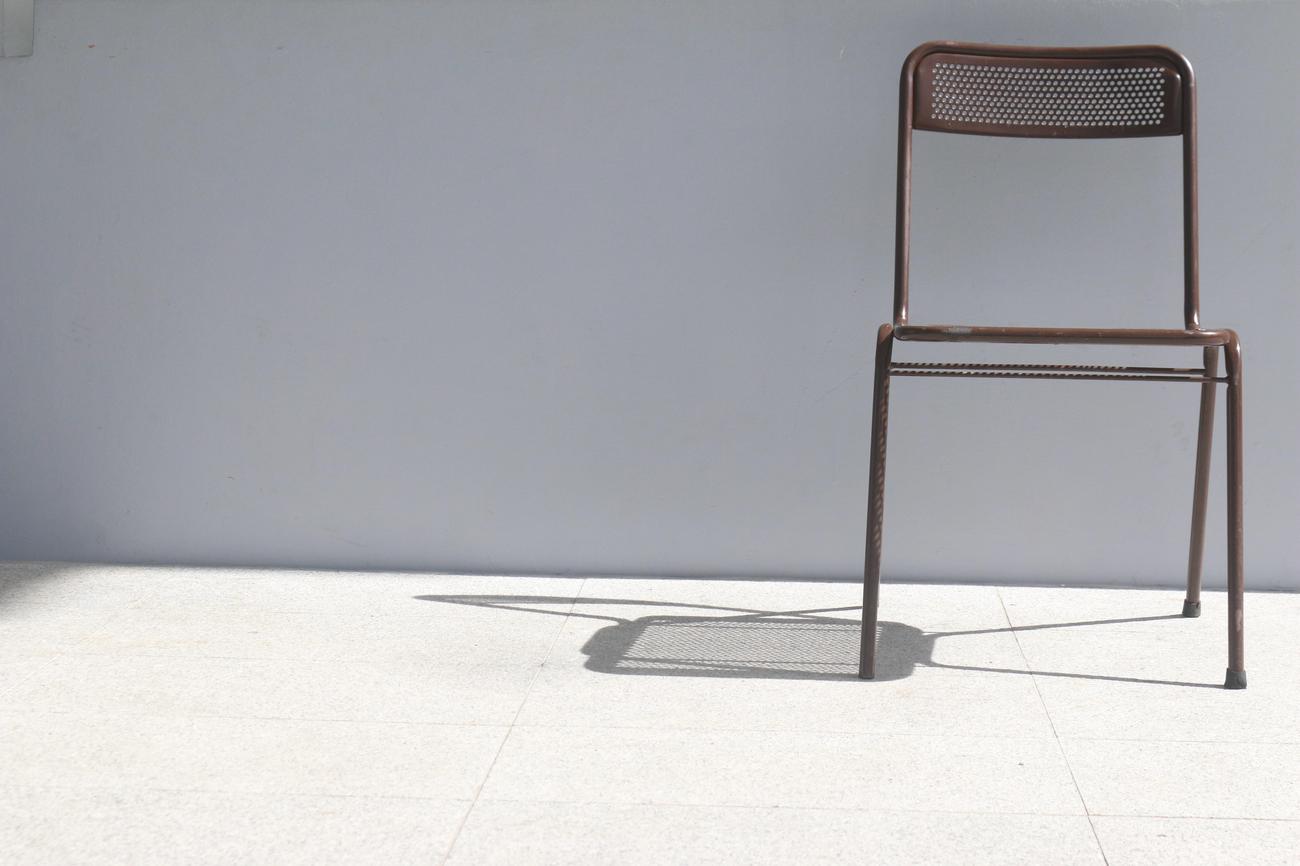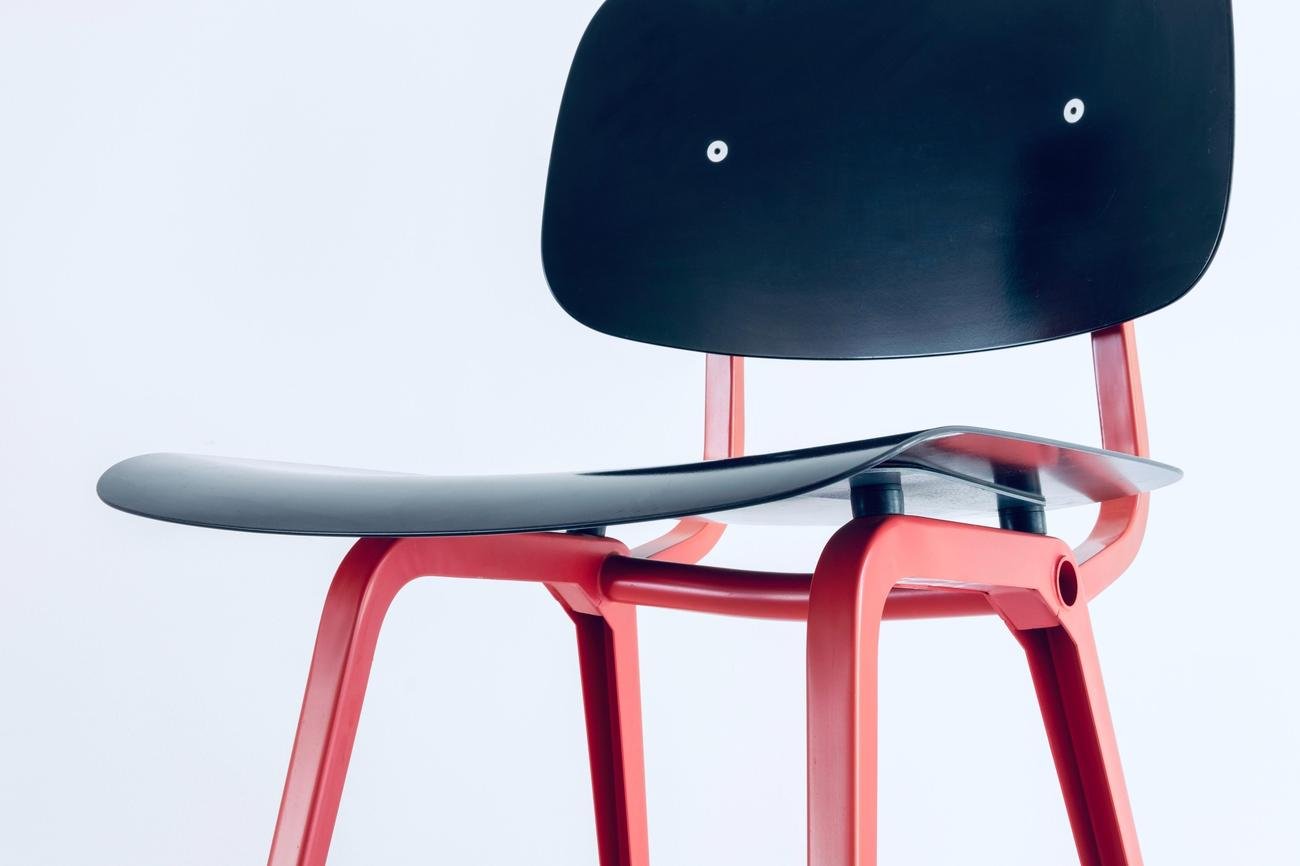Unraveling the Linguistic Origins: Why is a Chair Called a Chair? Have you ever wondered why a chair is called a chair? This seemingly simple question opens up a fascinating world of etymology and cultural history. As a seasoned furniture historian and writer with a passion for exploring the origins and linguistic nuances of furniture terminology, I have dedicated my expertise to unraveling this linguistic mystery. With a deep understanding of the historical and cultural context surrounding the names of chairs, I will take you on an engaging journey through time and across different cultures to discover the intricate web that connects this ubiquitous seat to its varied design and cultural heritage. Get ready to discover the captivating story behind the word “chair” and gain a new appreciation for the language of furniture.

Why is a Chair Called a Chair?
In the vast realm of furniture terminology, one word stands tall and undisputed: the chair. Have you ever paused to ponder why this ubiquitous seat is called a “chair”? Let’s embark on a linguistic journey and unravel the fascinating origins behind this common yet enigmatic name.
The etymology of the word “chair” can be traced back to its Latin predecessor, “cathedra,” which means “seat.” As the Latin language ebbed and flowed through the annals of time, it bestowed upon us the Old French word “chaiere.” And lo and behold, “chaiere” eventually evolved into the English word we know today – “chair.”
But why exactly is it called a chair? Well, my inquisitive companion, it’s simply because a chair is, quite literally, a seat designed for people to sit on. The name itself captures the essence of what it represents – a piece of furniture that provides a designated spot for weary souls to rest their weary bodies, whether it be after a long day’s work or during the sharing of anecdotes and laughter amongst friends.
Throughout the centuries, as chairs evolved in design, function, and style, the name “chair” remained steadfast and unchanged. It bore witness to various cultural shifts, enduring through the rise and fall of empires, the flourish of artistic movements, and the advancements in technology. So, while the world around it may have transformed, the name “chair” has faithfully stood the test of time.
Isn’t it intriguing how something as seemingly ordinary as a chair can hold within it a rich tapestry of history and cultural significance? The linguistic web we just unraveled connects this humble seat to a lineage stretching back to ancient times. It’s a testament to the enduring power of language, encapsulated in a single word that weaves together the past, present, and future.
As we leave the realm of etymology behind, let us not forget the words of philosophy professor Hubert Dreyfus, who once said, “a chair is still a chair, even when there’s no one sitting there.” The simplicity of the name “chair” encapsulates the essence of its purpose – to provide a place of repose, belonging, and comfort. So, the next time you settle into a chair, take a moment to appreciate the linguistic marvel that it is, knowing that its name has journeyed through time to call it, quite simply, a chair.
“The name “chair” has journeyed through time, connecting ancient civilizations to the modern world, all while remaining true to its essence – a seat designed for people to sit on.”
If you’ve ever wondered about the fascinating history and design of chairs, we’ve got you covered. Dive into the world of seating with our collection of fun facts about chairs. From ancient thrones to modern masterpieces, you’ll be amazed by the stories behind these everyday objects. Click here to explore these intriguing facts and gain a whole new appreciation for the humble chair. fun facts about chairs
The Iconic Cheska Chair: A Design Marvel and Cultural Phenomenon
[youtube v=”0V2qtmV2JGE”]
The Rise of the Cheska Chair: A Bauhaus Creation
The Cheska chair, also known as the b32 or b64, has become a ubiquitous presence in homes, museums, and popular culture. Its story begins at the Bauhaus, a renowned German art school that revolutionized design in the 20th century.
Founded in 1919 by architect Walter Gropius, the Bauhaus aimed to merge art and industry, creating functional yet aesthetically pleasing designs that could be mass-produced. This departure from traditional ornamental styles was a radical change in the world of design.
Marcel Breuer and the Influence of the Bicycle
Marcel Breuer, an early student at the Bauhaus, played a crucial role in the development of the Cheska chair. In 1925, while contemplating the challenges of mass production, he found inspiration in an unexpected source – his bicycle’s handlebars.
Breuer recognized that bent tubular steel, the material used in his bicycle’s handlebars, perfectly aligned with the sleek, modern aesthetic of the Bauhaus. It was lightweight, strong, and could be bent in various ways. With this realization, he designed the Vasily chair, which paved the way for the Cheska.
The Birth of the Cantilever Chair
In 1928, Breuer had another breakthrough when he flipped a stool on its side and created the cantilever chair. This innovative design defied gravity, appearing to float on an elastic column of air. The B32, the first cantilever chair Breuer produced, embodied the essence of the Bauhaus ideals.
Unlike other cantilever chairs that required braces for support, Breuer’s design incorporated a structured wooden frame that held everything together, while still allowing flexibility and bounce. This unique feature set the B32 apart, earning it the reputation as the best cantilever chair ever created.
The Cheska Chair: Light, Flexible, and Modern
The Cheska chair, a later iteration of Breuer’s cantilever designs, embodies the sleek modernity of the Bauhaus movement. Its key features include a frame made from a single continuous length of bent steel, which makes it lighter and easier to manufacture compared to its counterparts.
Additionally, the chair’s mesh-like cane backrest adds an airy transparency, enhancing its visual appeal. This combination of structural integrity, flexibility, and transparency makes the Cheska chair an enduring design icon.
Popularity and Imitations
While Breuer’s original Cheska chair was initially considered too modern and expensive for the average home, its popularity soared during the 1960s when a hybrid futuristic style gained traction. The chair found a new audience through Gavina, an Italian modernist brand that renamed it the Cheska, after Breuer’s daughter.
Uniquely, the Cheska chair was never copyrighted, which led to the proliferation of legal imitations marketed as “Breuer-style” chairs. By 1980, the Cheska had become a ubiquitous presence, imitated and mass-produced by countless manufacturers.
Enduring Appeal
Despite the passage of time, the Cheska chair has never lost its appeal. Today, it continues to captivate design enthusiasts and remains in high demand. Its enduring popularity can be attributed to its status as a design marvel, an embodiment of the Bauhaus movement, and its sleek, modern aesthetic.
As both Bauhaus and modernism regain popularity, the Cheska chair is once again in the spotlight. Its century-old legacy is a testament to its outstanding design and lasting impact on the world of furniture.
In the words of one reviewer, the Cheska chair is “as common as imitated and as mass-produced as a pair of Calvin Klein.” Its widespread presence is a testament to its status as a cultural phenomenon that has shaped the way we perceive and appreciate furniture design.
So, next time you come across a Cheska chair, take a moment to appreciate its rich history and the innovation behind its creation.

FAQ
Question 1
What is the origin of the word “chair”?
Answer 1
The word “chair” originated from the Latin word “cathedra,” which means “seat.” This Latin term later gave rise to the Old French word “chaiere,” and eventually became the English word “chair” in the 13th century.
Question 2
Why is a seat designed for people to sit on called a chair?
Answer 2
The name “chair” is derived from its function as a seat designed for people to sit on. Over time, this term has become the common descriptor for this particular piece of furniture.
Question 3
Has the name “chair” remained the same over time?
Answer 3
Yes, the name “chair” has remained unchanged over time, despite chairs having existed for centuries. This consistent nomenclature reflects the enduring nature of this ubiquitous piece of furniture.
Question 4
How does the word “chair” relate to the design and cultural heritage of this furniture?
Answer 4
The linguistic origins of the word “chair” provide a key to understanding the design and cultural heritage of this furniture. By exploring the etymology of the term, we can unravel the intricate web that connects the name “chair” to its various designs and historical context.
Question 5
What do furniture historians and writers with a passion for etymology contribute to our understanding of chair terminology?
Answer 5
Furniture historians and writers specializing in etymology shed light on the origins and linguistic nuances of chair terminology. These experts use their extensive research and knowledge to provide engaging storytelling about why a chair is called a chair, offering readers a captivating exploration of the historical and cultural context surrounding these seats.
- Crypto Quotes’ Red Flags: Avoid Costly Mistakes - June 30, 2025
- Unlock Inspirational Crypto Quotes: Future Predictions - June 30, 2025
- Famous Bitcoin Quotes: A Deep Dive into Crypto’s History - June 30, 2025
















